Scotch Chrome
I have been going back a bit to get some more ‘blog style posts onto this site (something I originally aimed to do) – inspired in part by managing to edit a good selection of film scans which have been hanging about for ages, and also getting a good batch of developing done (though given the scanning was from the last big developing batch in 2016 when they will see the light of day I do not know). It actually shocked me how long ago it was that I last uploaded interesting film material to my archives, so I have gone back a while to find some things to create posts about.
Nonetheless, I have just developed 15 rolls, with some special material, but that’s another story.
For now I want to talk about one of my favourite films (or rather two versions, I am on the look out for the third)…. This is Scotch Chrome; a reversal film made by Ferrania Technologies under the 3M/Scotch brand. There were three varieties made, ISO 100, ISO 640, and ISO 800/3200 (I will explain this later). I have shot with the latter two.
These films are quite hard to find nowadays, and not much info seems to be available (a google search today brought up my database page on this site and my flickr collections as the first two links. Next was this site which has a pretty good account of shooting and processing E6 (as designed) but for me it is cross processed where these films really come into their own.
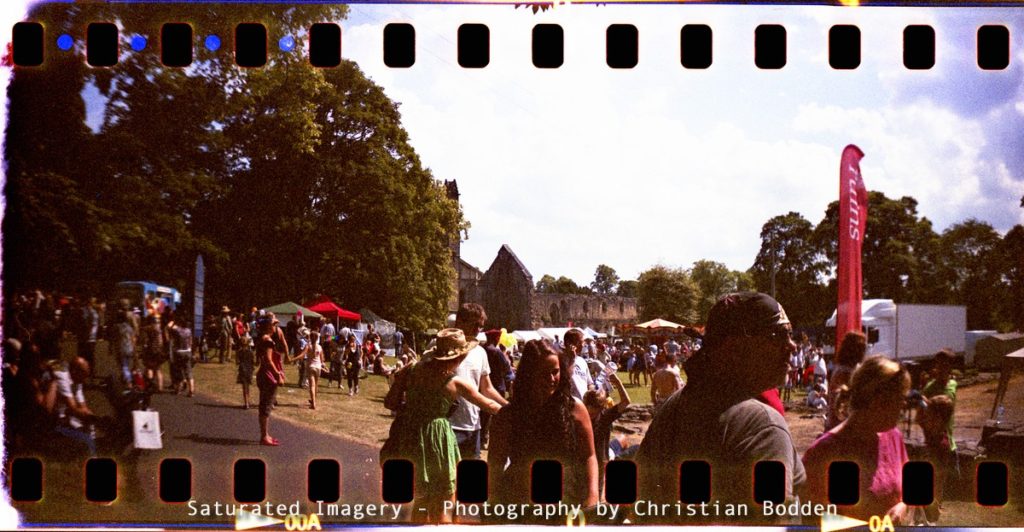

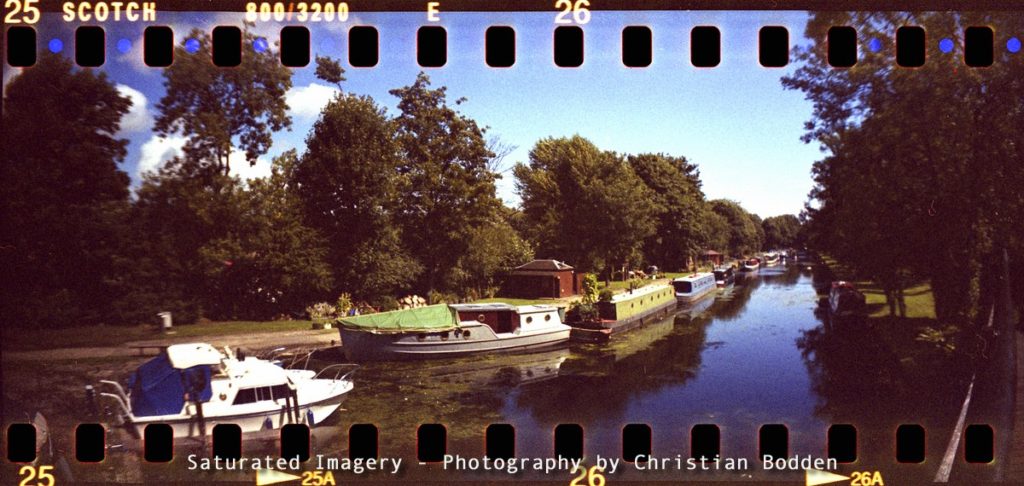
It has been discussed for a while that Ferrania are planning to bring back a version but it does not seem to have materialised as yet.
Scotch Chrome 800/3200
The natural ISO of this film is in fact 400, but it was designed to be amenable to push processing in E6 up to 3 stops. It is balanced for daylight at 5500K.
I have used it in the Vivitar UWS (1/125s @ f/11) and Lomography Sprocket Rocket (f/10.8 or 16 at 1/100s) – the UWS should be about right in open shade at ISO 400, as should the wider setting on the Sprocket Rocket – and developed in C41 at standard times these fared OK. Obviously stocks of these films are now quite old, expiring in the early 1990s, so there is going to be some aspect of chance. Exposed high this film tends (cross processed) towards bright colours, with a hint of teal, somewhat like Agfa RSX ii and in the mids, a range of bright vibrant reds and yellows come out. In shadows or darker exposures this tends to deep greens. Due to the age, sensitivity and cross processing there is significant grain, but this is full of character.


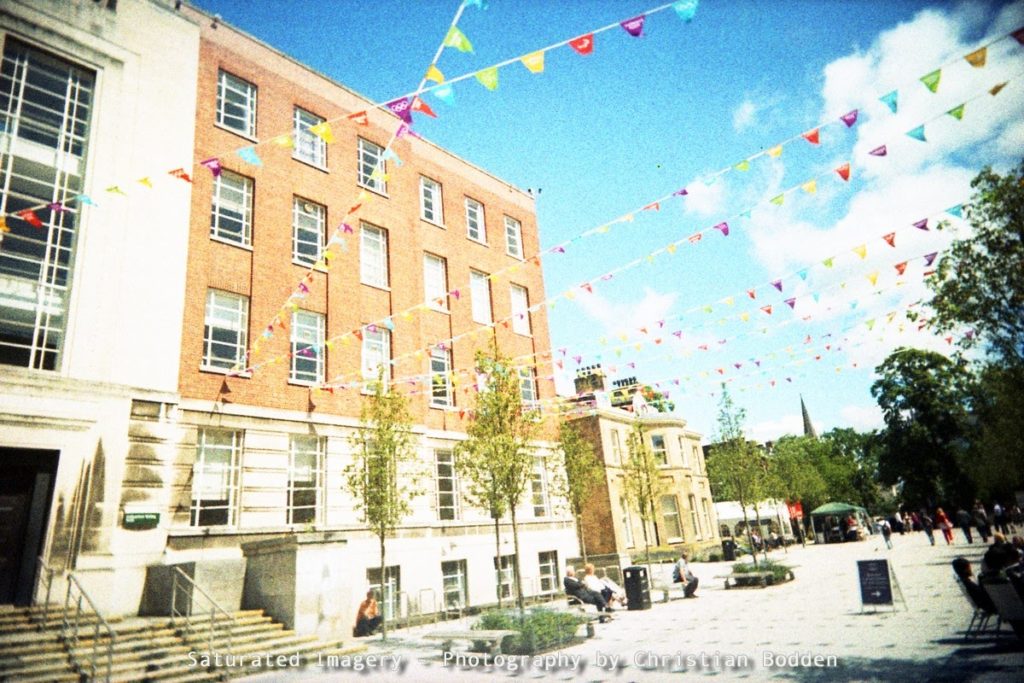
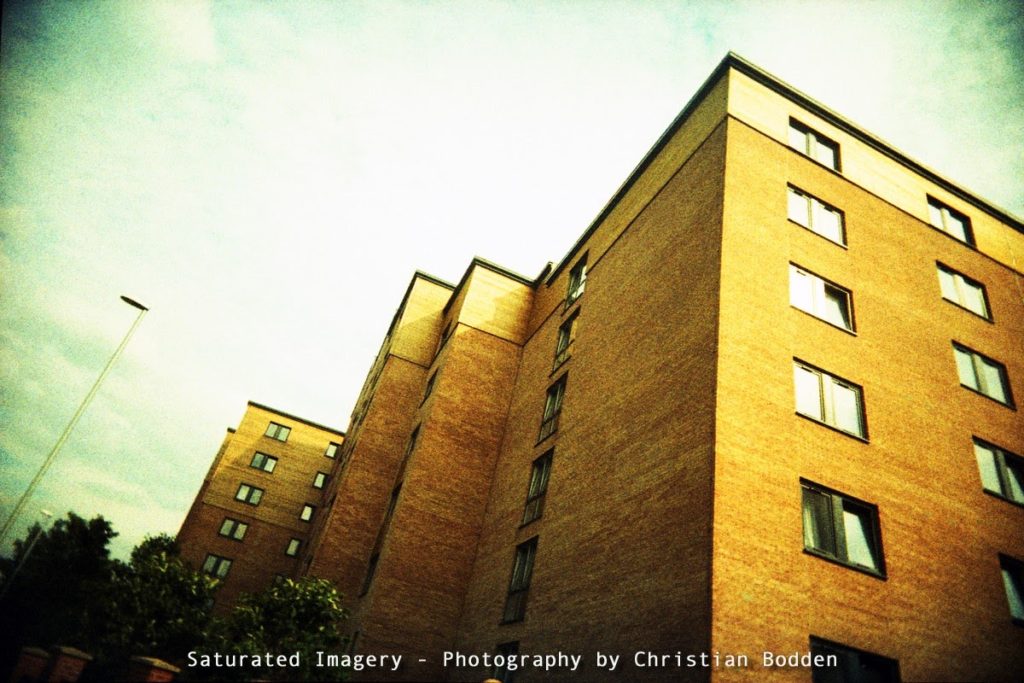
Scotch Chrome 640T
This is a slower, tungsten balanced (so probably 3200K) version. It has an ISO of 640, when I shot it I put it in the UWS again and just treated it as ISO 400 – though the latitude of slide film is less than print, I assumed some loss of sensitivity due to age. In actual fact these exposed quite high, but the effect of this was pretty nice. The grain is a little less obvious than on the 800/3200.
Being a tungsten film, it tends anyway towards a blue tone when shot in daylight, and cross processing enhances this further. It has come out in lovely blues and yellows, the colours slightly more muted than the 800/3200 but brighter due to the higher exposure. I would imagine more greens if exposed carefully at 400. I think I may have a touch of light leakage on these which has rendered purple. You know my slight disdain for too much lomowankery, but these a bursting with character.
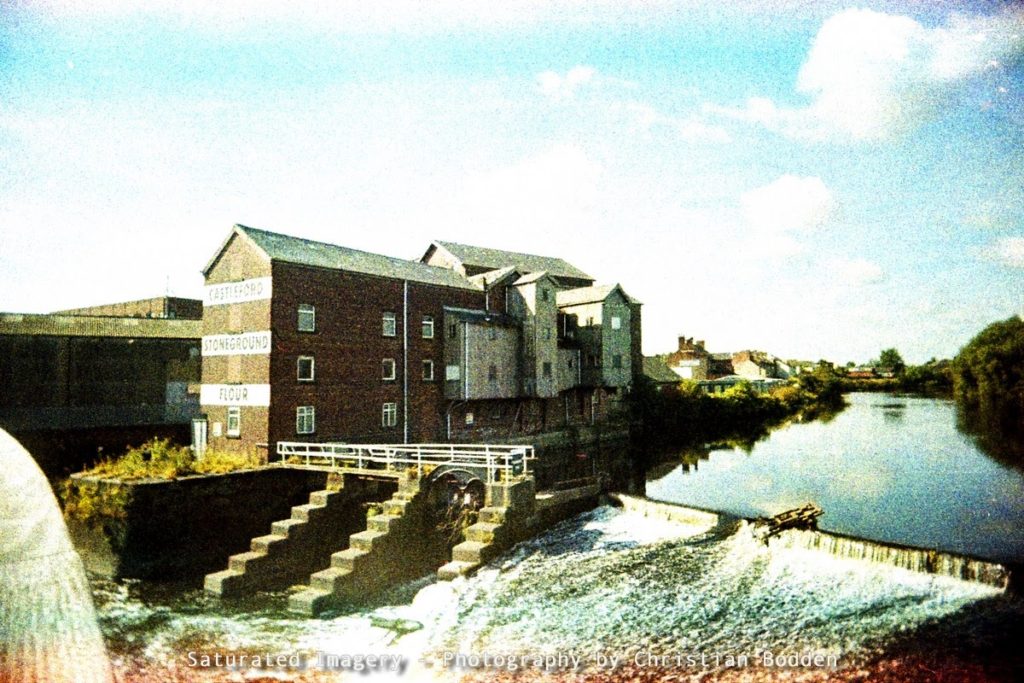
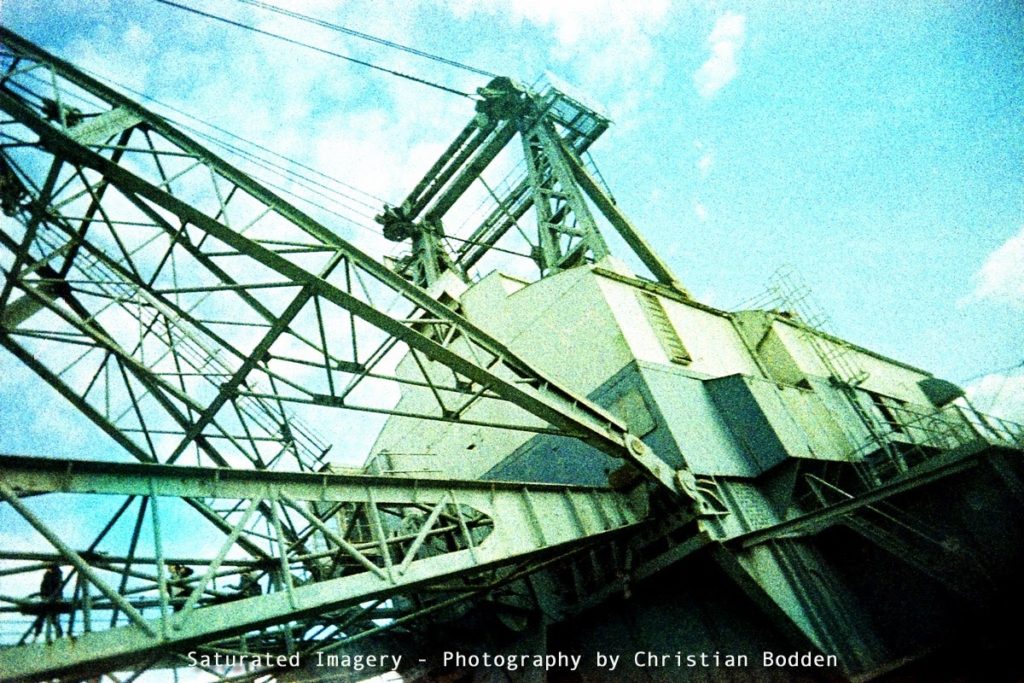
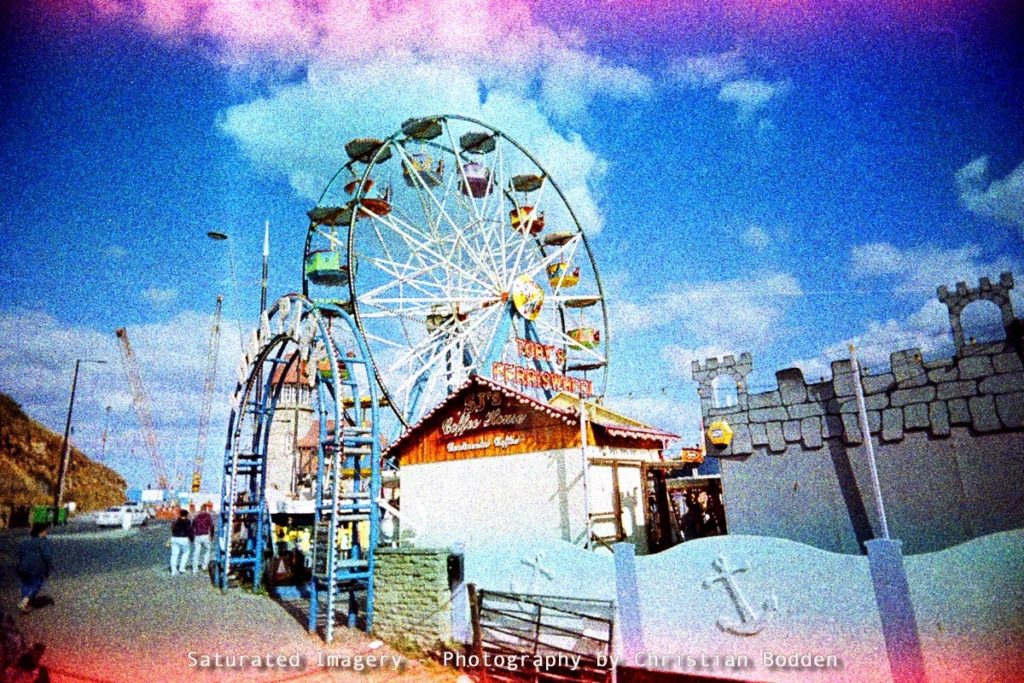


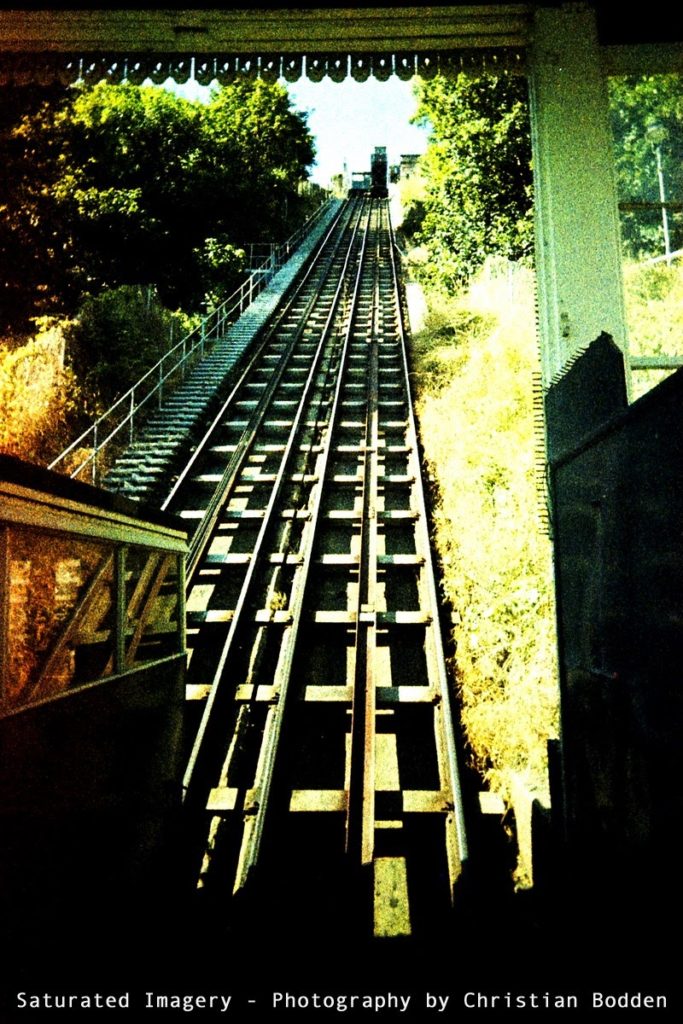
I am off to scan evilbay for some of the 100 I think…